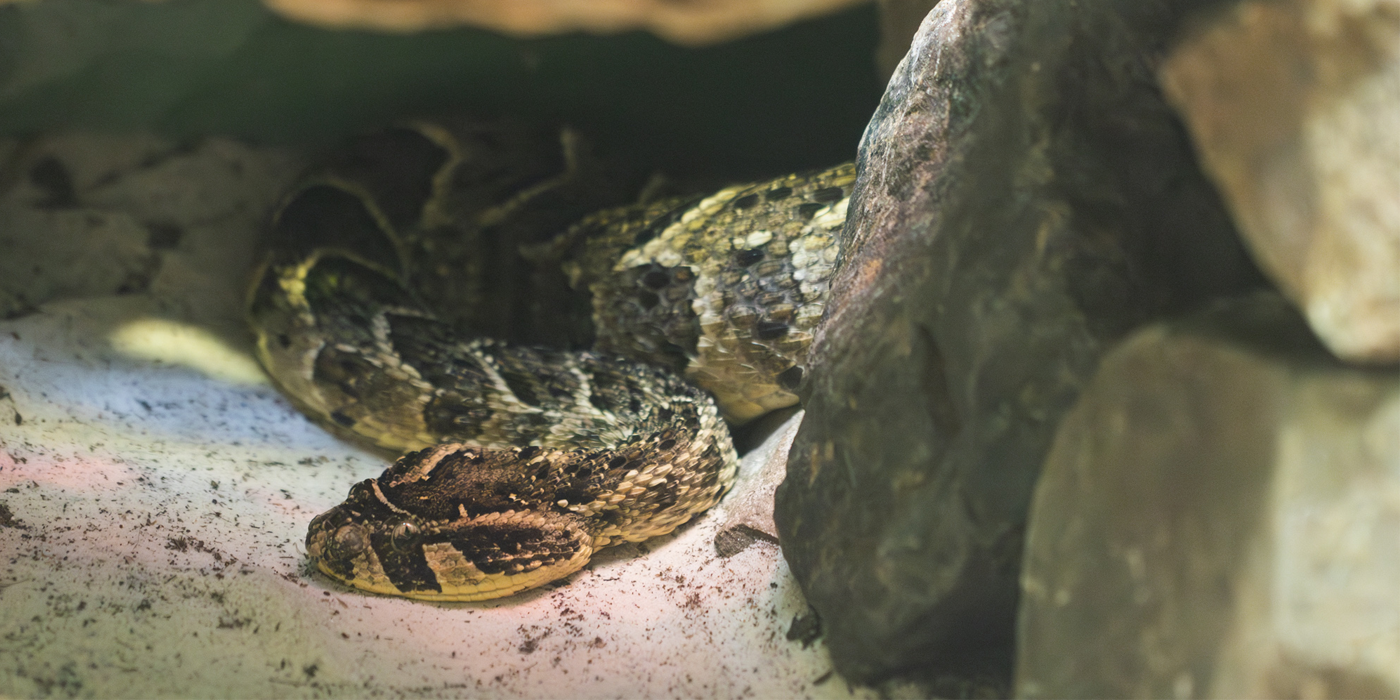Physical Description
Size
Native Habitat
Semi-desert, forest, grassland, scrubland and mountain edges.
They can be found throughout the African continent from Senegal to South Africa, except for deserts, tropical rainforests. They can also be found along the coast of the Arabian Peninsula.
Lifespan
Communication
Food/Eating Habits
Sleep Habits
Social Structure
Reproduction and Development
Conservation Efforts
Help this Species
Practice ecotourism by being an advocate for the environment when you’re on vacation. During your travels, support, visit or volunteer with organizations that protect wildlife. Shop smart too! Avoid buying products made from animals, which could support poaching and the illegal wildlife trade.
Choose your pets wisely, and do your research before bringing an animal home. Exotic animals don’t always make great pets. Many require special care and live for a long time. Tropical reptiles and small mammals are often traded internationally and may be victims of the illegal pet trade. Never release animals that have been kept as pets into the wild.
If you see a snake in the wild, leave it alone and encourage others to do the same. Don’t assume it is a venomous species, and don’t attack it if it doesn’t pose a threat to your safety. Tell your friends and family about the eco-services that snakes provide, such as keeping rodent populations in check.
Share the story of this animal with others. Simply increasing awareness and educating others about the threats invasive species pose to local ecosystems can help protect native environments.
Smithsonian's National Zoo and Conservation Biology Institute. (n.d.). Puff adder. Retrieved December 28, 2025, from https://nationalzoo.si.edu/animals/puff-adder



